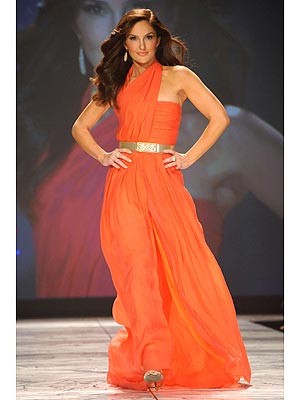LONDON — As new revelations emerged in the great horse meat scandal gripping the European food industry, there was no indication it would dim the enthusiasm of Continental foodies for their favorite equine delicacies.
Aldi, a cut-price supermarket chain, was the latest retailer to take action, announcing late on Friday that it had removed spaghetti bolognese and beef lasagne from stores in Britain and Ireland after samples were found to contain up to 100 percent horse meat.
In France, meanwhile, fraud inspectors were attempting to track down the origin of the meat, supplied by Comigel, a French supplier, but possibly originating from as far afield as Romania.
Government officials in Britain, who were on Saturday meeting food retailers for crisis talks, have assured consumers there is nothing intrinsically unsafe about eating horse meat.
But, as my colleagues Stephen Castle and Douglas Dalby write, “Few things divide British eating habits from those of continental Europe as much as a distaste for consuming horse meat.”
In many parts of Europe, from Iceland to Italy, gourmets will happily tuck into horse and proclaim its superiority over the humble beef steak.
France’s C4N news Web site took a poke at the fastidious British by asking unwitting consumers of the contaminated products: “Well, was it good or not?”
Umberto Bacchi, writing at International Business Times of the joy of horse tartare, said the scandal would baffle food lovers in other parts of the world, from Italy to Japan.
“As my father comes from Parma, I have eaten my share of horse meat from an early age,” Mr. Bacchi told his readers. “My late grandmother’s fried horse meatballs were a huge hit with the family.”
He went on to extol the virtues of horse meat as high in iron and often recommended to pregnant women, children and the anemic.
“Above all else, however, it is tasty and tender, particularly when cooked for a short time. Hence, the preference for rare steaks or tartare preparations.”
In Belgium, discerning diners delight in having their fries cooked in horse fat, while some Austrians swear by the benefits of horse meat in their dumplings.
Despite the taboo on horse meat that exists in the English-speaking world, the more inquisitive Anglo foodies might at least be tempted to try it the next time they venture to the Continent.
But beware. The esoteric tastes of some Europeans don’t stop at horse. A Swiss newspaper revealed in December that many people in Switzerland still regularly eat dogs and cats.
Apparently it’s perfectly legal and the most popular breed of dog for eating is said to be a close relative of the Rottweiler.
“There’s nothing odd about it”, said one Swiss farmer. “Meat is meat.”
Is he right? The meat-eaters among us happily consume cows, sheep or pigs. So what’s wrong with horse, or even dog? Tell us what you think. And, if you’re a culinary adventurist, where would you draw the line?










